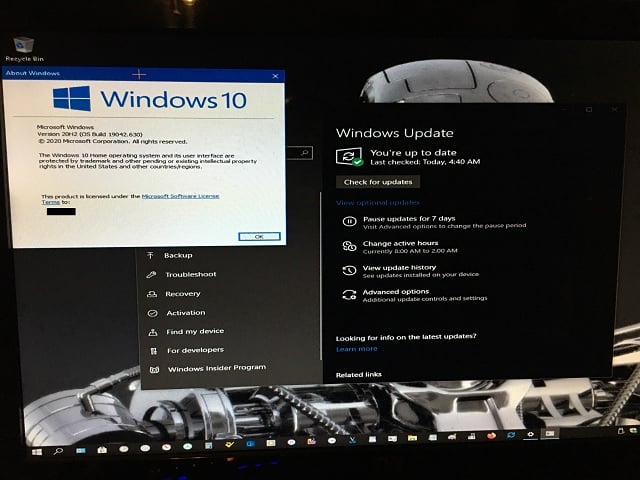

- #WINDOWS DEFENDER OFFLINE SCAN IN SAFE MODE MAC OS#
- #WINDOWS DEFENDER OFFLINE SCAN IN SAFE MODE DRIVER#
If the need arises, I'm sure they will resurrect that technology for Malwarebytes 3, but at the moment the threat landscape seems to be shifting towards cross-platform and mobile threats now that more users than ever are accessing the web via mobile devices using browsers that run on both Windows and their smart phones as well as other platforms like Mac OS and Linux. Originally it was a set of utilities that would get Malwarebytes running in hostile/infected environments when threats were attempting to block Malwarebytes from installing or running on the system and would keep Malwarebytes alive long enough to scan for and remove any threats from the system while suspending malicious processes in memory to prevent them from preserving themselves. This is also where projects like Malwarebytes Chameleon came from, which has since evolved into the self-protection platform now used by the Premium version of Malwarebytes to guard against threats terminating or altering Malwarebytes' components and processes. This is actually something that Malwarebytes has investigated and worked on in the past multiple times, however each time they ended up finding an alternate solution that proved much simpler for users (since it didn't require creating a separate bootable tool/disc etc.) and just as effective at eliminating the threats they were targeting that were proving more difficult than usual to deal with from within Windows. That said, should the need arise again for an offline scanning environment, I have no doubt that the Malwarebytes team will look into creating a solution for it.

#WINDOWS DEFENDER OFFLINE SCAN IN SAFE MODE DRIVER#
It actually used to be a lot more common that bootable tools were required to remove threats, however over the past several years things have changed a lot in the threat landscape with most infections looking to either silently siphon data, scam the user with false claims (like the frequent tech support scams we see these days), or to exploit the user's browser or other software in order to download and execute some kind of malicious script, most of which don't even try to gain administrator access to the machine (because they want to avoid any User Account Control prompts that could present an opportunity for the user to easily intervene and stop the attack in its tracks), so most threats can now be dealt with inside Windows, either from the infected account, or by logging into another user account, or even by simply booting into Safe Mode and scanning from there, and with the DoR technology I mentioned, as long as Malwarebytes detects a threat and marks it for removal, it doesn't matter how early the malware tries to launch during the boot process to protect itself, it will fail because of other things that Malwarebytes does in preparation for the system restart/removal process (like breaking the files it has detected so that they can't run again and creating a cleanup script and driver that automatically execute as early as possible in the boot process to remove the detected malware from the system). Endpoint Detection & Response for Servers


 0 kommentar(er)
0 kommentar(er)
